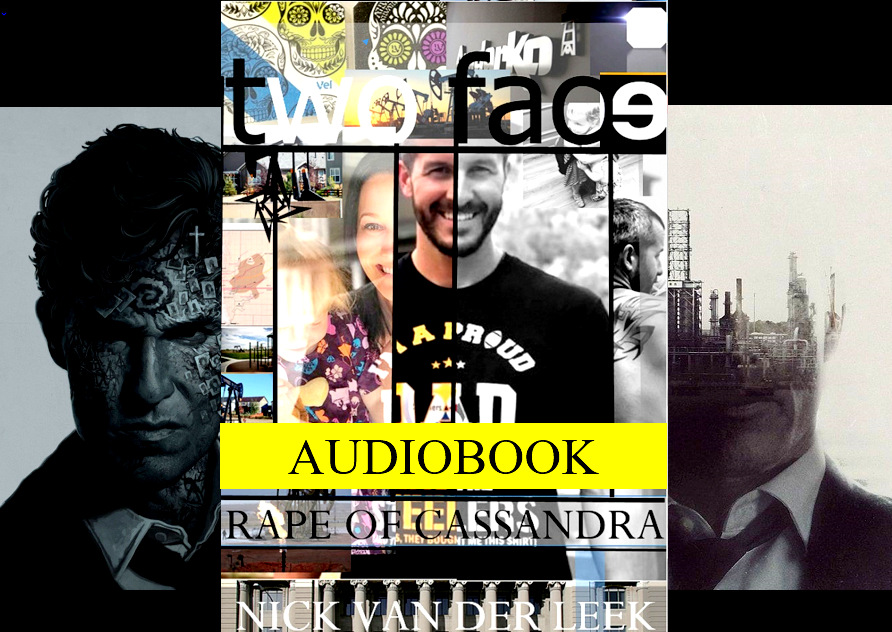There is so often a connection in True Crime between dead bodies and garbage bags, dead bodies and excrement, dead bodies and toys left lying around, and between the supersmooth suspect and a sudden desire to do laundry and take a shower.
In the Watts case we’ve already dealt with the doll thrown into trash can in the garage. We’ve dealt with the brown substance which Watts said was excrement. We also know Watts threw his clothing into a dumpster on Black Mesa on his way home from CERVI 319 at midday on Monday.

The doll in the trash stood out to me even more than the book on marriage improvement in the garage dumpster. This is because toys are often a give-away clue when children are murdered. The favorite toy itself either has cadaver traces on it, or the location of the toy provides some insight into where the child died and what happened.
There’s a lot of Intertextual data on this in the Casey Anthony case, also Madeleine McCann and JonBenet Ramsey. In fact, toys are a key feature of the JonBenet Ramsey case, and the secret key to unraveling that case. [It’s not for nothing the little girl was murdered over Christmas, with a wrapped Christmas toy beside her body in the basement].
In the Discovery Documents the word toys features 13 times. Although Watts claimed he took toys out to CERVI 319, this seemed to be more a case of Coder or Lee leading him in that direction. In other words, Watts never volunteered this information. If the children were murdered first, it also makes no sense why there would be any toys at the site [and none were found].
It does seem clear that the only “toy” or “toyish” object associated with the children were their blankies. It seems all three bodies were wrapped in “blankies” and in Shan’ann’s case, a fitted sheet.
Interestingly, Watts also claimed not to want to go upstairs because he “couldn’t handle seeing the toys and stuff”.

While watching Toy Story 4, the new Pixar film, I couldn’t help revisiting aspects of the Toy Narrative as it relates to the Watts case. What stood out was the lackadaisical cruelty of the children [seen from the toy’s point of view], and how easily toys are replaced, disposed of – and yes – thrown in the trash. In fact, each of the Toy Story movies deals with these aspects in different ways.
In the second movie when Andy accidentally damages Woody’s arm, Woody instantly goes from being a favorite toy to trash.







The film then explores the transactionality of toys – toys can be worth something to collectors, but only if they’re in mint condition, and if evidence of their owners has been removed.



Buzz meanwhile experiences an identity crisis, where his delusions are and his lack of individuality are exposed. It’s unsettling to watch because we as consumers often feel the same way – like zombies, drones, nameless automatons herded into shops like sheep.

Toy Story exposes the capricious nature not only of children, but society as we know it today. One moment you’re someone’s world, the next you’re trash.





When Woody is replaced by a much fancier, new toy, there’s metaphor in the Cowboy being replaced by the flashier, but somehow more vacuous Space Ranger. When that happens the interior of the boy’s room changes, even what he cover himself in [his clothing and his blankets, and the pictures on the wall] changes. We can see how a disposable society is also expressed visually. We see acquisitions. Just as social media overtly shows the degree of influence, the pulling power of a profile and bio, or lack of.












In one scene in one the films a plague of red monkeys swarms over the prairie. This is an interesting metaphor for children. How mindless monkeys can overwhelm individuals, and by implication, so can a house full of children.


Like Shrek, Toy Story inverts the modern fairy tale by showing the adventures toys have in spite of their mercenary and often sociopathic owners.












Recent Comments